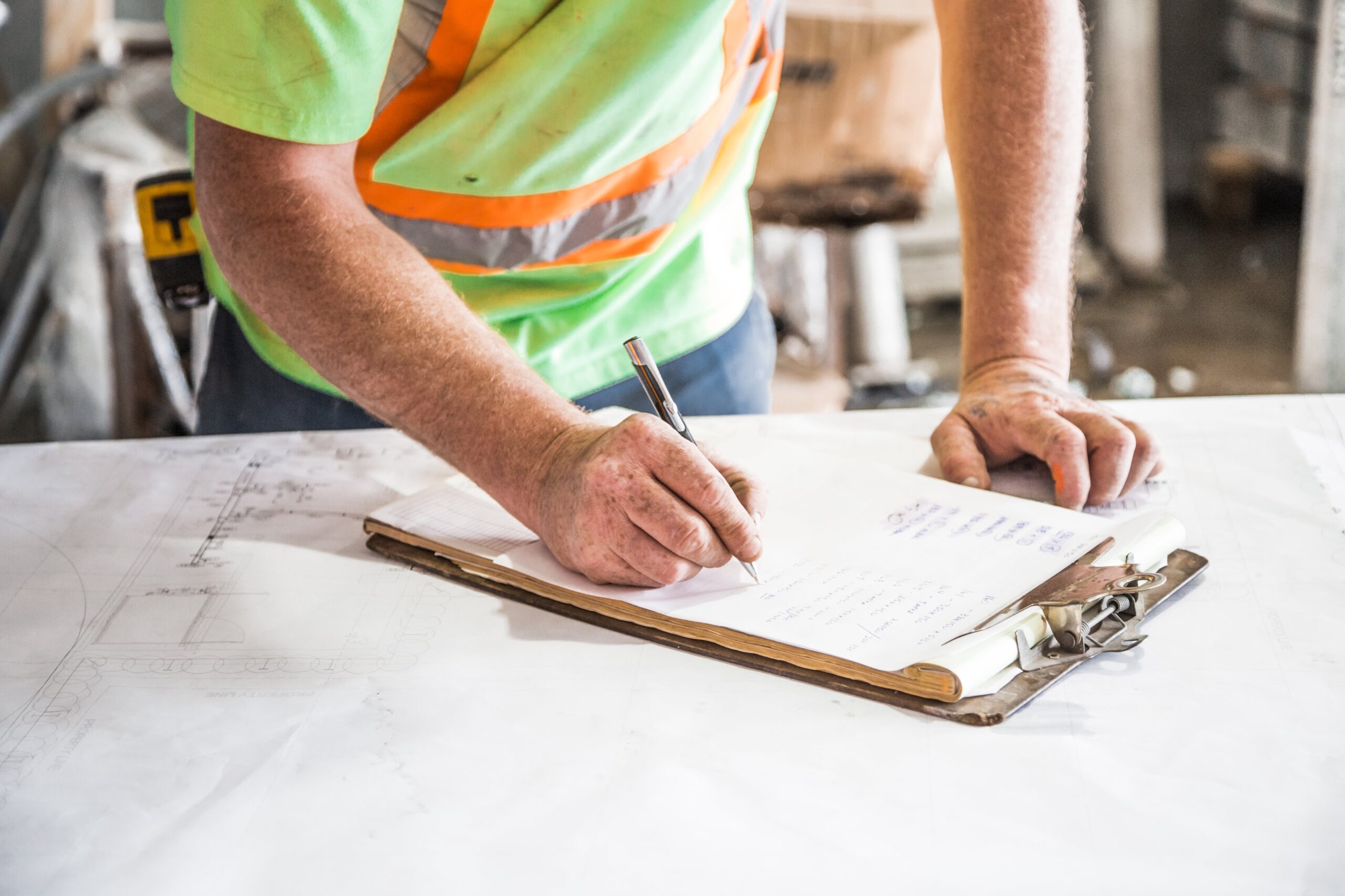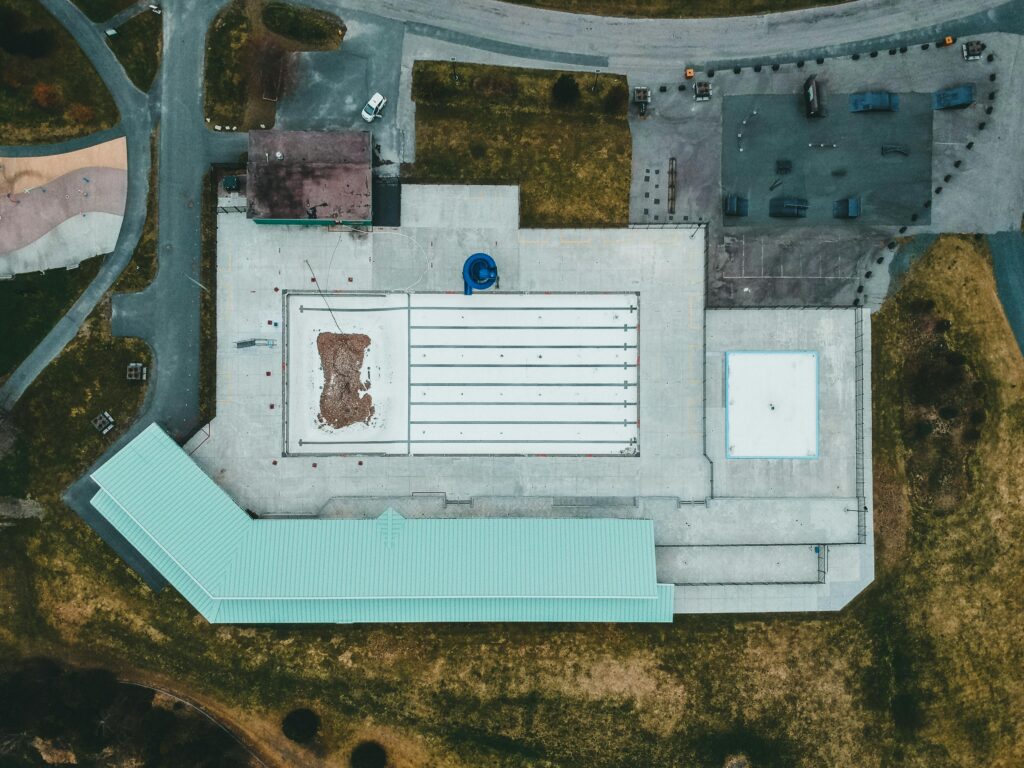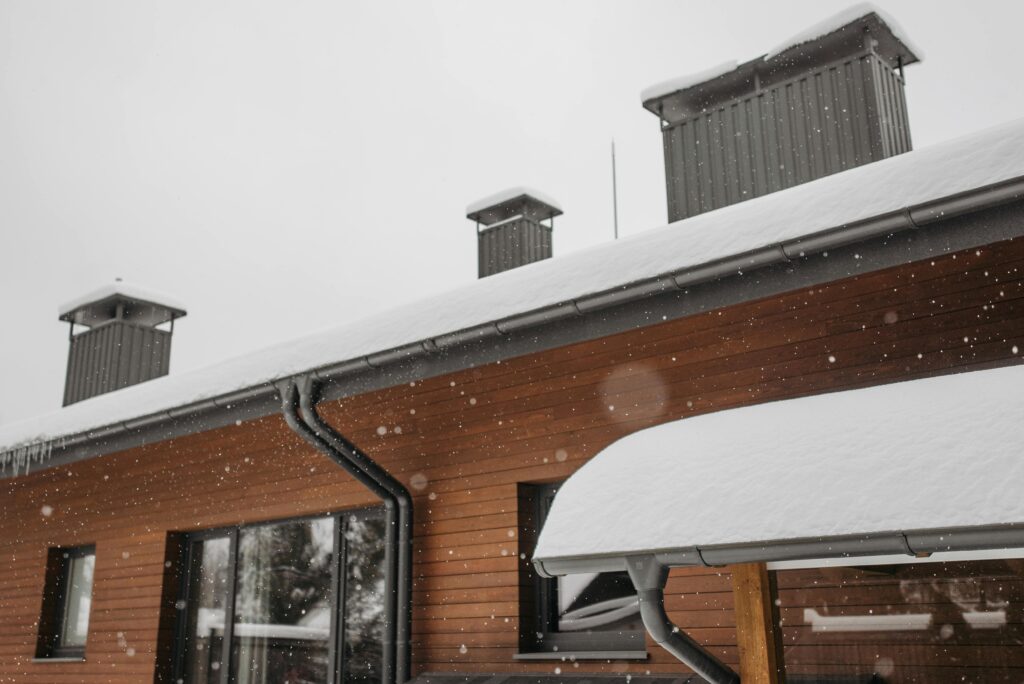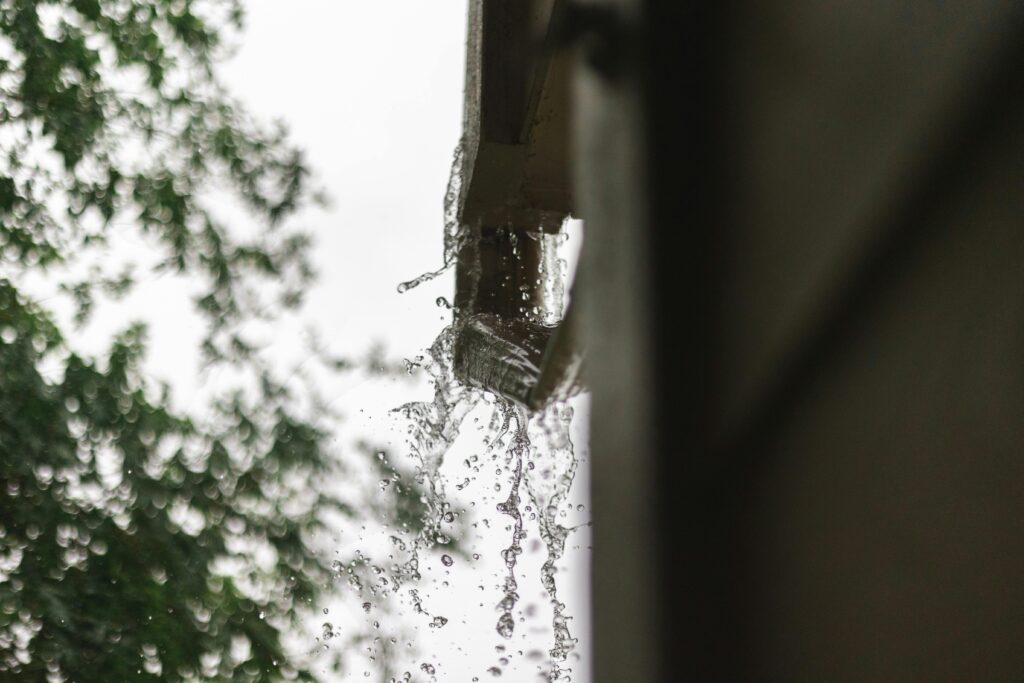When getting a roof inspection for your business, you want a comprehensive report that details the condition of your roof so you can make informed decisions about your system.
One reason business owners get a roof inspection is to determine if their roof needs to be repaired or replaced based on the condition of the materials, so it’s essential to have all the information you need from your roofer to take the best care of your system.
But what should a roof inspection report include, exactly? No matter the size, material, or condition of your commercial or industrial roof, a roof inspection report should include the following three things.
1. The Condition of Your Roof Deck & Materials
A crucial aspect of a roof inspection report is a detailed evaluation of the overall condition of your roof. Understanding the state of your roof decking and materials can help identify potential issues early on, preventing expensive repairs or replacements down the line. This information should include:
The Integrity of Roofing Materials
Whether you have an asphalt-based roofing system or a single-ply membrane, your roof inspection report will include the state of the materials as your roofing contractor found them. For example, holes, loss of protective coatings, abnormal wear, tears, punctures, and loose edges should all be noted. If your inspector did not find any of these issues, they should mention this as well.
Damage or Wear on Each Roofing Layer
Your roof inspector will assess each layer of your roof to detect any potential issues, such as missing components, water damage, and structural integrity, while also verifying adequate ventilation and secure nail attachments in the decking. They may also check for proper ventilation by examining roof vents and the interior of your building.
The Condition of the Roof Deck
The stability of your entire roof depends on how well it’s attached to the underlying structure. A professional commercial roofing contractor will carefully assess whether nails are firmly embedded into decking boards during their inspection process. Loose or improperly installed fasteners can lead to potential roof damage over time due to shifting and movement caused by high winds.
2. The Integrity of Rooftop Components
Your roof inspection report should also include information about the condition of rooftop components, such as skylights, windows, chimneys, flashing, soffit, fascia, and gutters. Assessing these elements is especially important when planning a roof replacement since it helps prioritize which parts require immediate attention.
Damaged or Deteriorated Skylights and Windows
In addition to evaluating the roofing material itself, your roofer will also assess skylights and windows for signs of damage or deterioration. The inspection report should include any relevant findings, such as cracks in glass panes, leaks around frames, and seals that may have weakened over time.
Chimney Integrity and Flashing Details
- Chimney integrity: Inspectors should examine any chimneys on your property for structural stability by looking at mortar joints between bricks or stones as well as any visible cracks along its surface. A chimney in poor condition could pose safety hazards due to falling debris or even collapse during extreme weather conditions.
- Flashing details: The area where your roof meets other structures like walls or vents requires special attention because this is where water infiltration often occurs if the area has not been properly sealed. Inspectors will evaluate the flashing around these intersections to ensure they are intact and functioning effectively to keep moisture out.
3. Recommendations Based on Findings
No roof inspection report is complete without a section on actionable recommendations based on the findings. This section should help you make informed decisions about any necessary maintenance, repairs, or replacements for your roofing system. This section should include:
Suggested Timelines for Addressing Minor Maintenance Needs
If the inspection reveals only minor maintenance is needed, contractors will typically provide a suggested timeline along with budget estimates for completing these tasks, which may include routine gutter cleaning, replacing damaged sections of the roof, or resealing flashing and edges to prevent leaks. By addressing these issues promptly, you can prolong the lifespan of your roofing system and avoid more costly repairs in the future.
Immediate Actions Recommended for Major Concerns
In cases where your commercial roofer finds significant damage during the inspection, the recommendation section should advise taking immediate action to mitigate further damage. For instance, if there is extensive water damage due to leaking skylights or windows, prompt roof repair or replacement would be recommended to prevent structural damage and potential mold growth within your building.
Schedule a Roof Inspection With CDS Roofing
Any experienced commercial or industrial roofer should use a checklist to review the above components and provide you with a detailed inspection report. A roof inspection allows you to have all the information you need to protect your investment by addressing current problems and preventing future ones.
Following expert recommendations in a thorough roof inspection report ensures you maintain a safe and efficient industrial or commercial facility while minimizing long-term costs related to ongoing roof maintenance and repairs.
If you need help with your next roof inspection or repair project, contact CDS Roofing today to schedule an appointment!



